News Beat
News Beat reporting is an idrw.org initiative to let our Readers to report News Based on Actual facts but some how has not been reported in Main Stream Media .
SOURCE: RAUNAK KUNDE / NEWS BEAT / IDRW.ORG
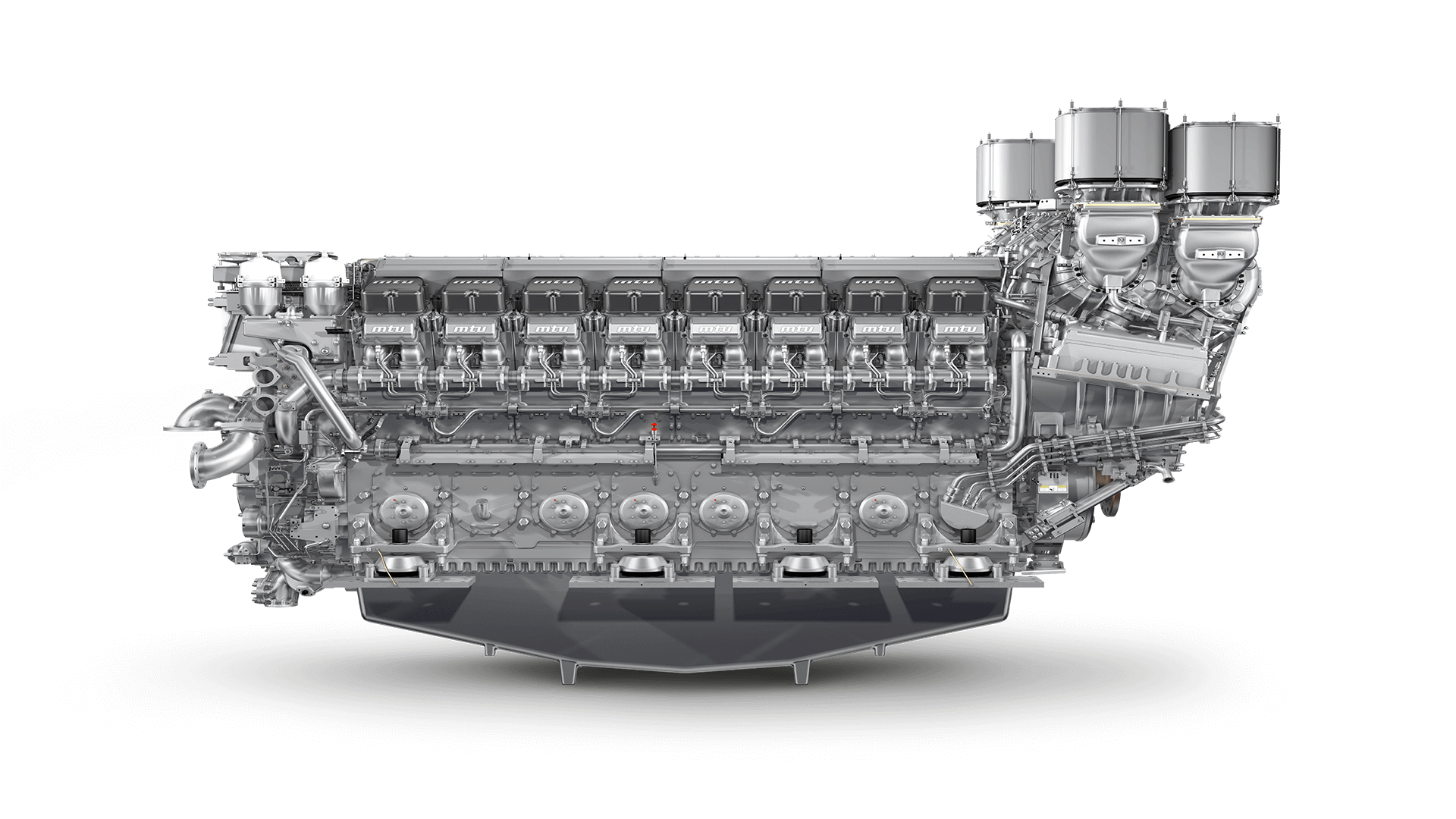
The Indian Navy has embarked on discussions with various Indian private-sector companies for the development of indigenous marine propulsion engines for conventional submarines. This initiative aims to achieve self-reliance in a critical area and power the next generation of underwater vessels.
The primary focus of this project is the development of 12 next-generation diesel-electric attack submarines (SSKs) under Project-76. These submarines are intended to replace the ageing Kilo-class submarines currently operated by the Indian Navy. The new engines are expected to match the performance of the existing MTU 12V 396 SE84 diesel engines used in the Kalvari-class submarines.
Continue readingSOURCE: RAUNAK KUNDE / NEWS BEAT / IDRW.ORG

India’s Indigenous air warfare capabilities leapt forward on May 29th with the successful test-firing of the Rudram-II air-to-surface missile. Launched from a Sukhoi Su-30MKI fighter jet off the coast of Odisha, this marked the first full-configuration test of the weapon.
The 800kg missile can carry a 200kg warhead 200kg warhead, is designed as a “universal weapons system.” This means it can be seamlessly integrated into various Indian fighter jets, including the upcoming Tejas MkII and potentially the Rafale in the future.
Continue readingSOURCE: RAUNAK KUNDE / NEWS BEAT / IDRW.ORG
.jpg)
India’s Hindustan Aeronautics Limited (HAL) is accelerating production of the LCA-Tejas Mk1A fighter jet, aiming to build 24 aircraft annually. This announcement by HAL chief CB Ananthakrishnan signifies a significant boost to the Indian Air Force’s (IAF) fighter strength.
Previously, HAL operated under a “Contracted Schedule” with a production rate of 16 Tejas Mk1A jets per year. The new plan, dubbed the “Enhanced Delivery Schedule,” leverages HAL’s existing three production facilities: two Bengaluru lines (each producing 8 aircraft) and a new line in Nashik with an identical capacity. This combined capacity allows HAL to reach the target of 24 jets annually.
Continue readingSOURCE: RAUNAK KUNDE / NEWS BEAT / IDRW.ORG
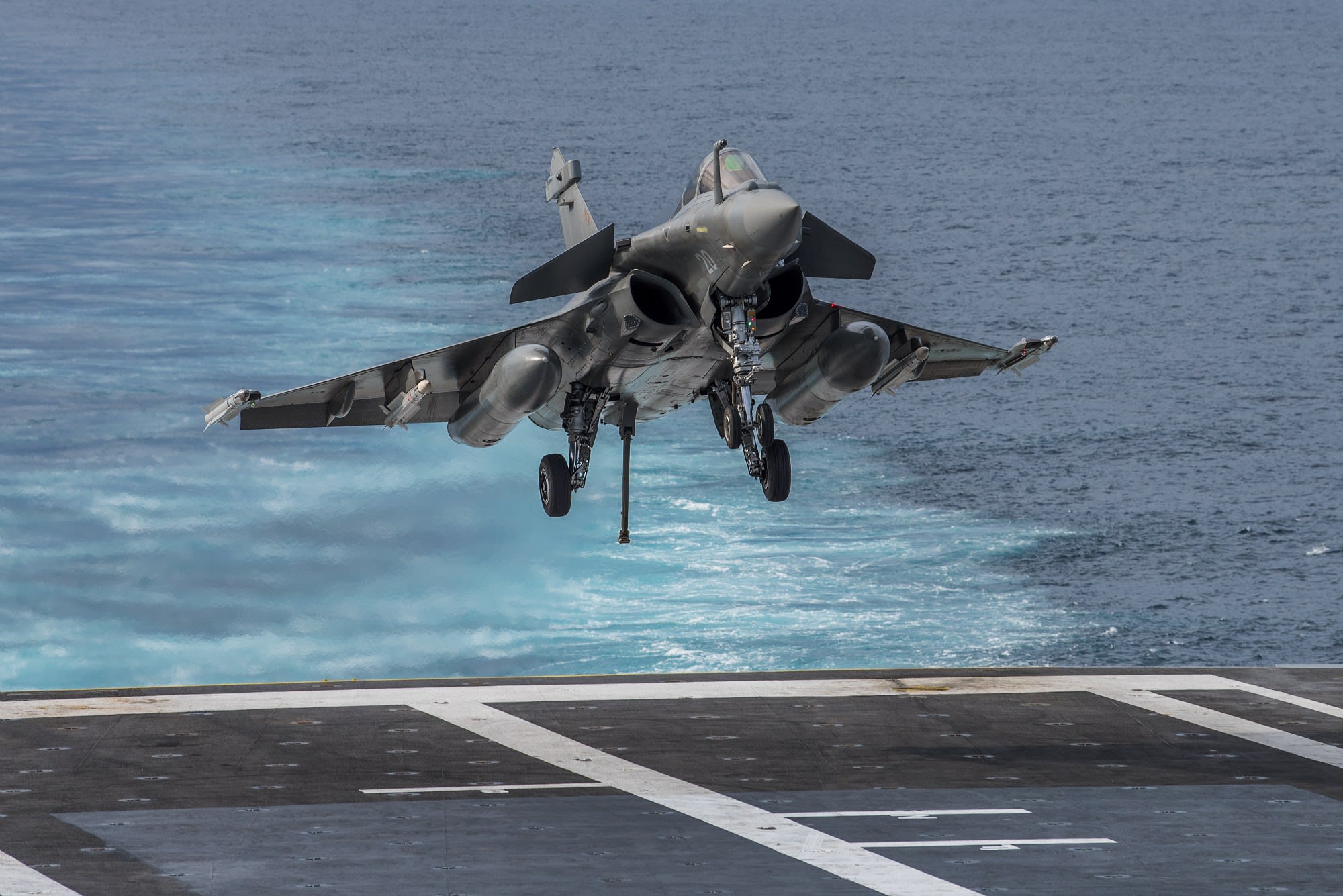
The Indian Navy is inching closer to acquiring a variant of the renowned Rafale fighter jet specifically designed for aircraft carrier operations – the Rafale M. This single-seat variant is expected to cost around Euro 91.07 million per unit, comparable to the previously acquired Rafale jets for the Indian Air Force.
While sharing the core capabilities of the Rafale A, the Rafale M boasts crucial modifications for carrier operations. A key difference lies in the extended and reinforced nose section, designed to withstand the powerful launch mechanisms of aircraft carriers. Additionally, the undercarriage is strengthened to handle the demanding take-off and landing cycles on a moving platform at sea.
Continue readingSOURCE: RAUNAK KUNDE / NEWS BEAT / IDRW.ORG
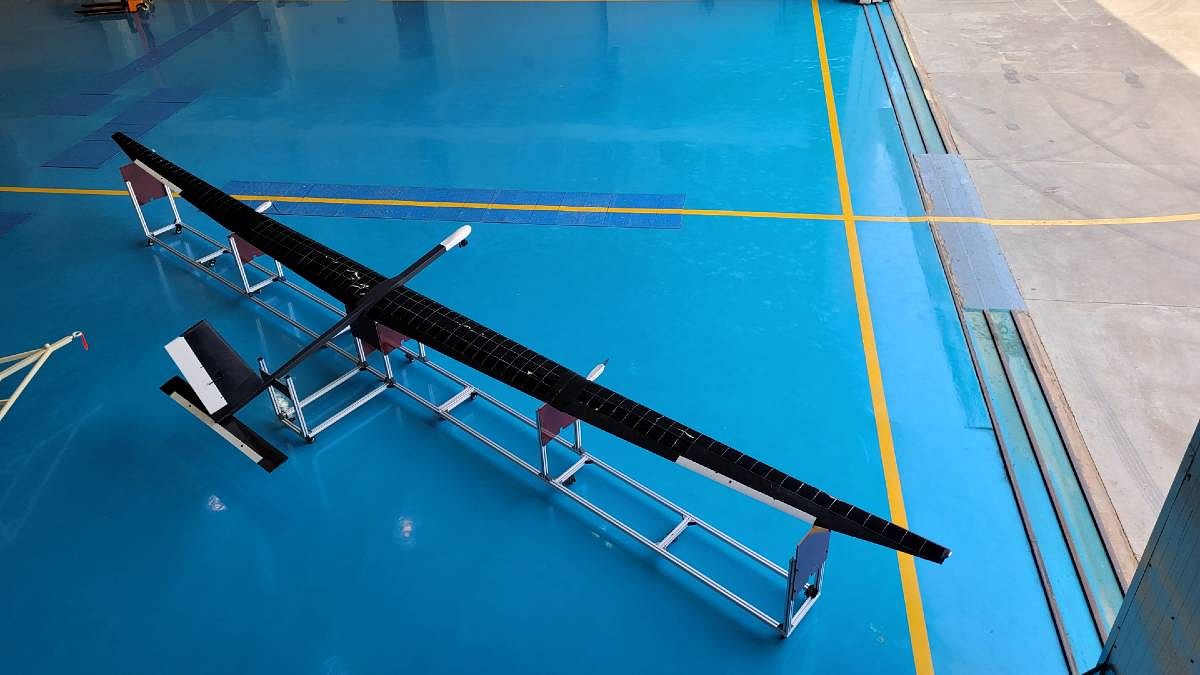
India’s National Aerospace Laboratories (CSIR-NAL) is soaring towards the next stage of its high-altitude platform (HAP) development. Building on the success of a recent sub-scale test flight, CSIR-NAL is set to construct a full-scale prototype equipped with cutting-edge features.
The May 7th test flight of a sub-scale vehicle proved to be a valuable learning experience. The flight saw the vehicle reach an altitude of 3,000 feet while carrying a synthetic aperture radar payload developed by the Indian start-up Galaxeye Space. Following the payload drop, the vehicle climbed even higher, reaching an impressive 25,000 feet.
Continue readingSOURCE: RAUNAK KUNDE / NEWS BEAT / IDRW.ORG
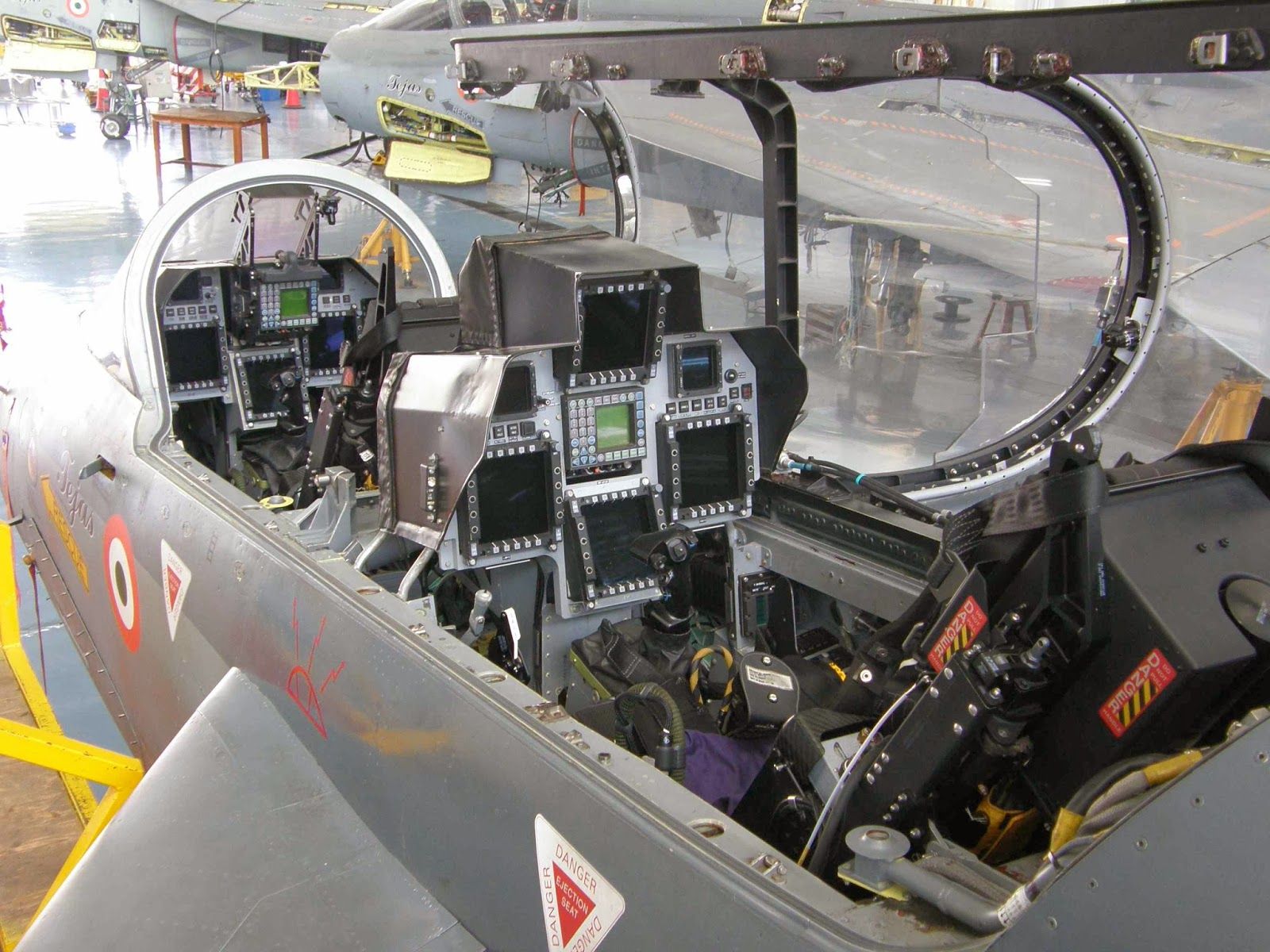
Hindustan Aeronautics Limited (HAL) chief has announced a significant design feature of the Tejas Light Combat Aircraft – a cockpit tailored to fit 90% of Indian Air Force (IAF) pilots.
This design prioritizes pilot comfort and ergonomics. The cockpit adheres to anthropometric requirements, ensuring a suitable fit for pilots within the 5th to 95th percentile range. This translates to a more comfortable and efficient flying experience for a vast majority of IAF pilots.
Continue readingSOURCE: RAUNAK KUNDE / NEWS BEAT / IDRW.ORG

The debate surrounding the Light Combat Aircraft (LCA) Tejas and its ability to compete with the Pakistani Air Force’s (PAF) fighter jets has been a topic of much discussion. This article aims to shed light on the Tejas’ capabilities and their role in the Indian Air Force (IAF).
While the PAF possesses a mix of F-16 variants, including older models, the core argument focuses on the Tejas Mk1/A’s ability to engage modern threats. It’s important to recognize that the Tejas Mk1 isn’t pitted solely against outdated F-16s. The IAF rightfully expects its aircraft to be prepared for a wider range of potential adversaries, including the JF-17, J-10CE, and even newer F-16 variants.
Continue readingSOURCE: RAUNAK KUNDE / NEWS BEAT / IDRW.ORG
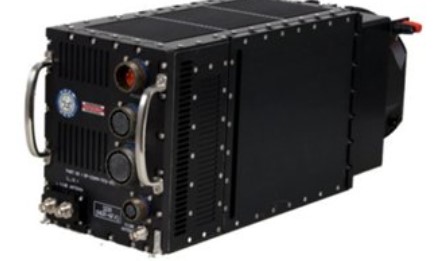
Flight Lieutenant Kambampati Nachiketa, Squadron Leader Ajay Ahuja, and Wing Commander Abhinandan Varthaman—these names evoke stories of bravery and resilience. They also share a common thread: each had to eject from their fighter jets and landed in Pakistani-Occupied Kashmir (POK) during critical missions, whether in the Kargil War or the 2019 air skirmish.
These incidents underscore a crucial issue in modern aerial warfare: the need for advanced systems to prevent Indian fighter jets from straying into enemy airspace. In response, the Indian Air Force (IAF) is implementing several technological advancements to tackle this problem effectively.
Continue readingSOURCE: RAUNAK KUNDE / NEWS BEAT / IDRW.ORG

The race for India’s next-generation fighter jet engine has intensified as French aerospace giant Safran has upped its offer. Following their proposal for complete technology transfer (ToT) for the joint development of an engine for the Indian Multi-Role Helicopter (IMRH) program, Safran has extended the same offer for the much-anticipated 5th generation Advanced Medium Combat Aircraft (AMCA) program.
This move by Safran positions them as a frontrunner in the competition, which also includes established names like General Electric (US) and Rolls-Royce (UK). The key differentiator is the 100% ToT, including Intellectual Property Rights (IPR), offered by France.
Continue readingSOURCE: RAUNAK KUNDE / NEWS BEAT / IDRW.ORG
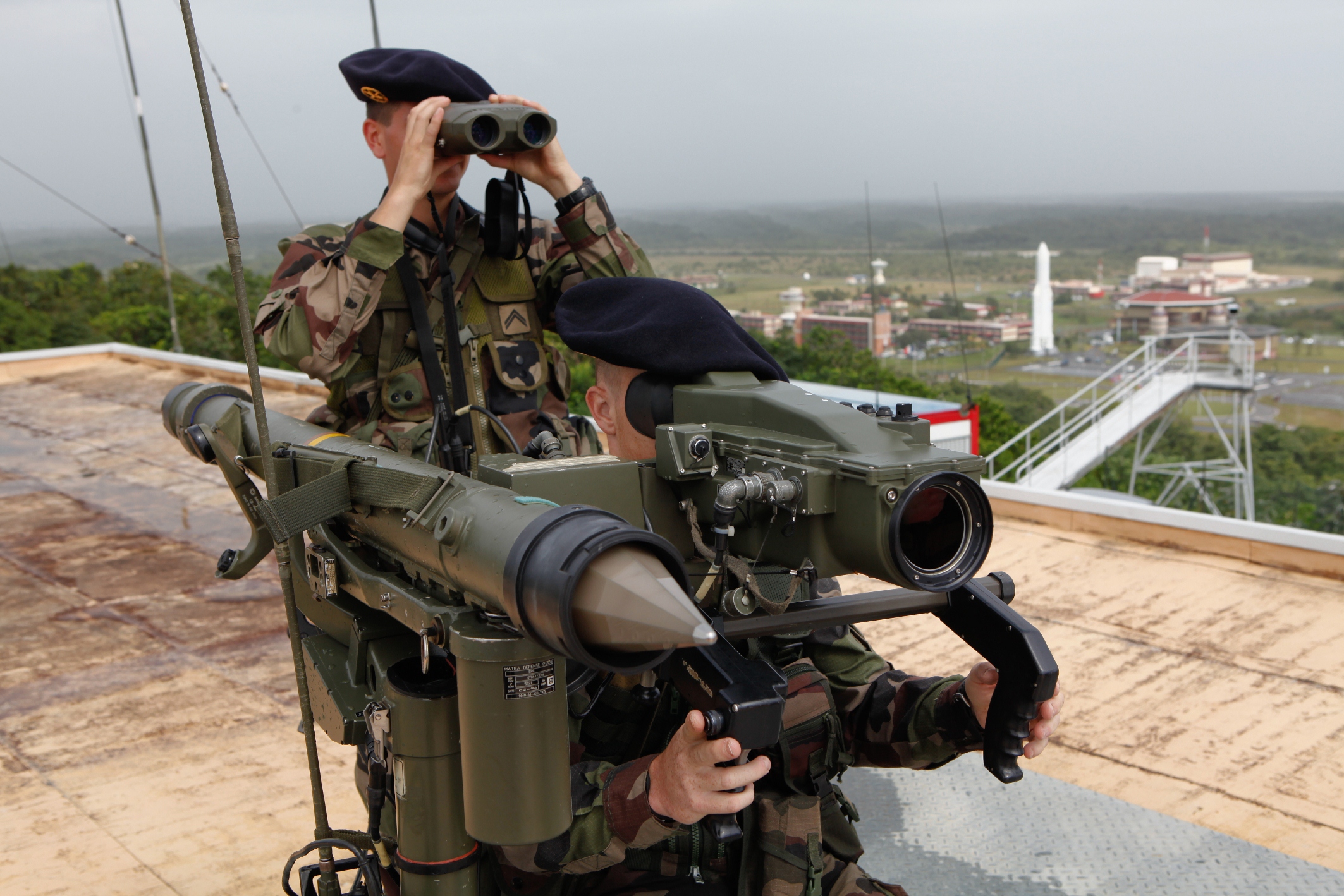
France is making a strategic push to leverage India’s growing defence manufacturing capabilities. This move aims to establish a long-term partnership focused on co-production and export of weapon systems.
The French government is actively encouraging its Military-Industrial Complex (MIC) to explore partnerships with Indian private companies. The goal is to manufacture French weapons in India, specifically for export to third-party countries.
Continue readingSOURCE: RAUNAK KUNDE / NEWS BEAT / IDRW.ORG
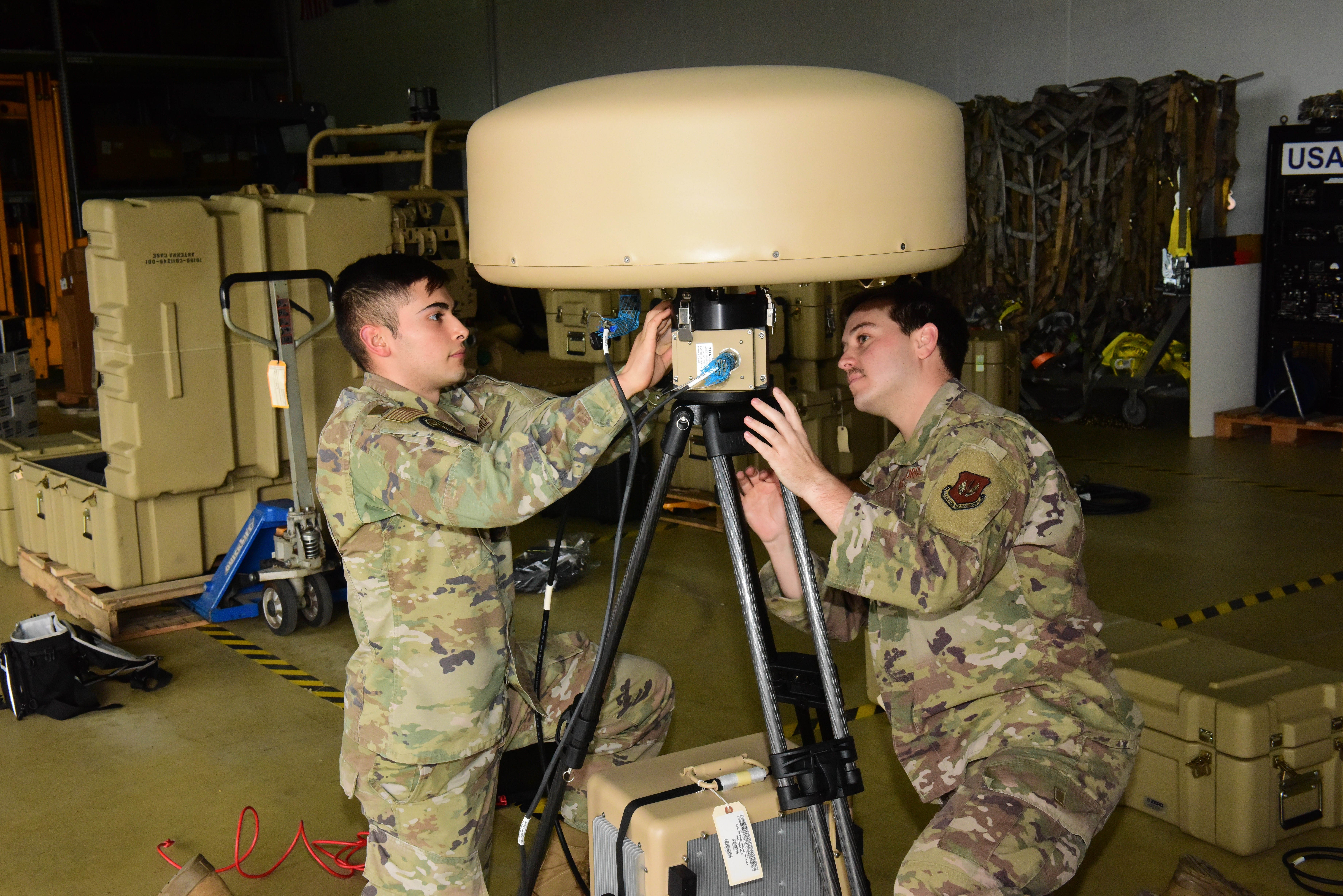
NIBE Ltd has secured a significant business agreement with Thales USA to supply the Indian Navy with the MM-7000 TACAN (Tactical Air Navigation) equipment and related services. This state-of-the-art system promises to revolutionize navigation capabilities for the Indian Navy.
The MM-7000 TACAN system boasts a unique feature that sets it apart from previous iterations – its convenient man-portable configuration. This innovative design makes it the lightest, smallest, and most mobile TACAN ground station currently available.
Continue readingSOURCE: RAUNAK KUNDE / NEWS BEAT / IDRW.ORG
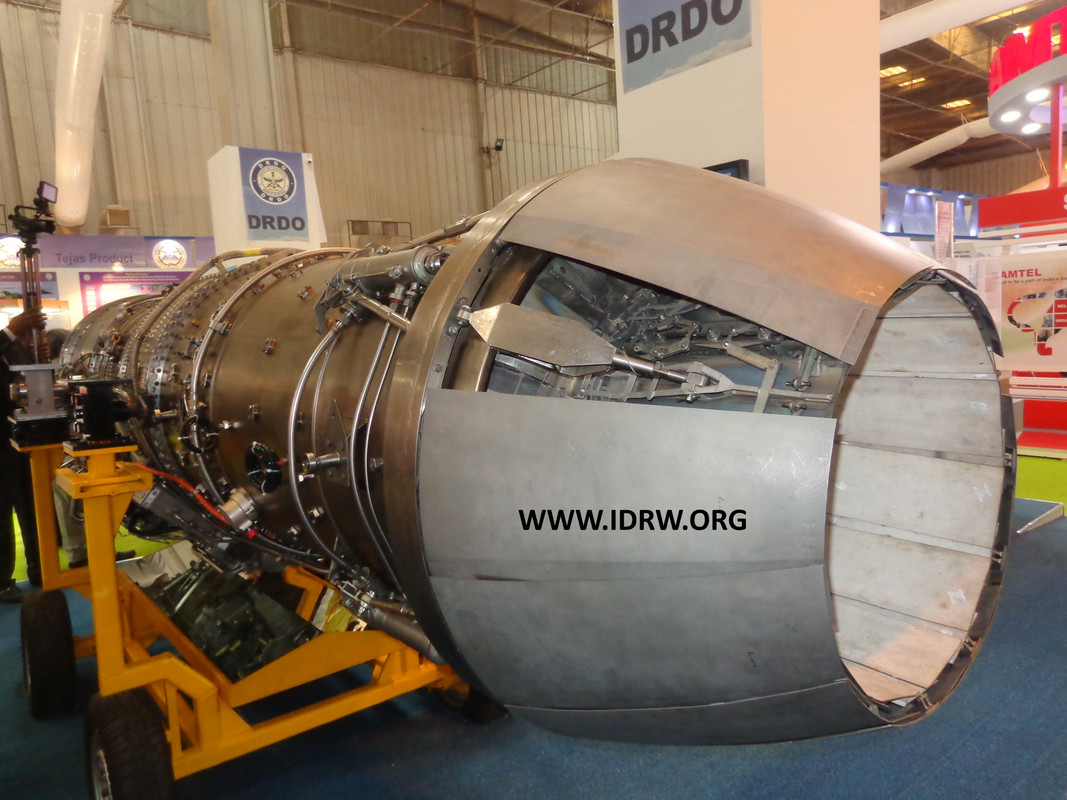
In a significant development, Dr. Samir V. Kamat, Secretary of Defence Research and Development (DD R&D) and Chairman of the Defence Research and Development Organisation (DRDO), has announced plans to integrate a Dry Kaveri engine derivative into the LCA-Tejas Trainer aircraft. This integration will serve as a crucial step in advancing India’s indigenous engine technology, though it is not intended as a replacement for the existing F-404 engines in operational fighter jets.
The integration of the Dry Kaveri engine derivative into the LCA-Tejas Trainer aircraft is part of a coordinated effort between DRDO and the Gas Turbine Research Establishment (GTRE). This initiative aims to utilize the trainer aircraft as a Flying Testbed, enabling extensive testing and refinement of the engine in real-flight conditions.
Continue readingSOURCE: RAUNAK KUNDE / NEWS BEAT / IDRW.ORG

Hindustan Aeronautics Limited (HAL) is gearing up for the commencement of manufacturing for the Saras MkII, a 19-seater aircraft designed to bridge air connectivity gaps in India’s hinterland regions. This indigenous project, spearheaded by the Council of Scientific and Industrial Research-National Aerospace Laboratories (CSIR-NAL), is poised to take Indian civil aviation to new heights.
The project is expected to gain significant momentum later this year with the release of the final aircraft drawings. CSIR-NAL has already placed orders for crucial components and avionics, paving the way for a smooth transition into manufacturing.
Continue readingSOURCE: RAUNAK KUNDE / NEWS BEAT / IDRW.ORG

The Defence Research and Development Organisation (DRDO) has taken a significant step forward in protecting Indian soldiers with the development of lightweight add-on composite armour for the WhAP 8×8 wheeled armoured platform. This innovative technology offers several advantages and positions India at the forefront of indigenous defence solutions.
The new armour, designed specifically for the WhAP, significantly enhances the vehicle’s survivability. When integrated with the existing vehicle structure, it protects against ballistic threats as defined by STANAG 4569 at Level II and Level III. This translates to increased crew safety against a wider range of weaponry.
Continue readingSOURCE: RAUNAK KUNDE / NEWS BEAT / IDRW.ORG

India’s strategic outlook in the Indian Ocean Region (IOR) is taking a significant leap forward with plans for a new fleet of nuclear attack submarines (SSNs). This program, reportedly initiated in 2015 by the Cabinet Committee on Security (CCS), aims to bolster India’s “overall deterrence capability” in the region.
The new SSNs will complement India’s existing nuclear triad, which comprises land-based ballistic missiles, nuclear-powered ballistic missile submarines (SSBNs), and now, nuclear attack submarines. The SSNs are likely to be constructed at the secretive shipbuilding centre (SBC) in Visakhapatnam (Vizag), where India’s SSBNs are currently under development.
Continue reading